Search

4-H Communications Project
By participating in the 4-H communications project, you will explore the exciting world of communication, and learn more about yourself and others.
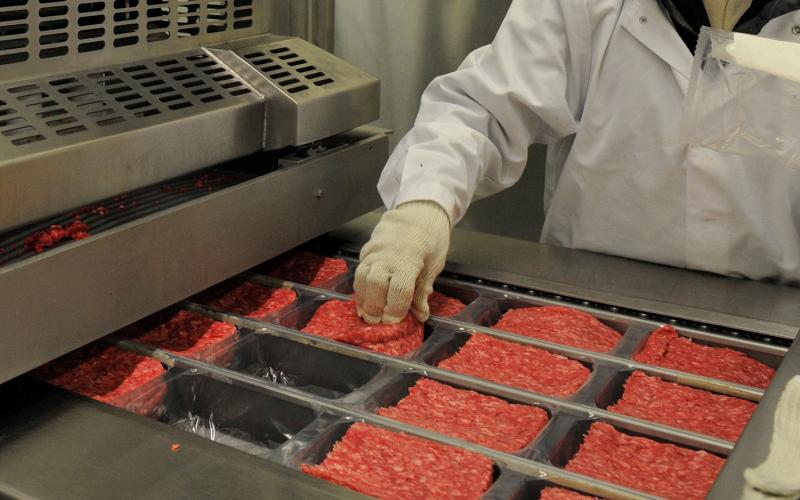
Meat Inspection in South Dakota: Requirements and Resources for Processing and Selling Meat
If you are considering marketing your animals directly to consumers it is important to understand the inspection requirements for selling meat directly to consumers.
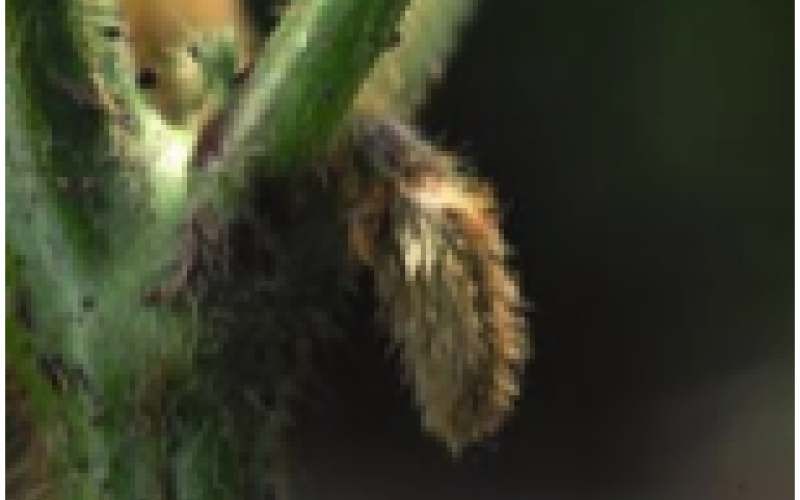
Late-Season Nitrogen For Soybean?
Some South Dakota soybean fields that were planted early and have had sufficient moisture have reached early pod setting stage (R3) and are looking good.
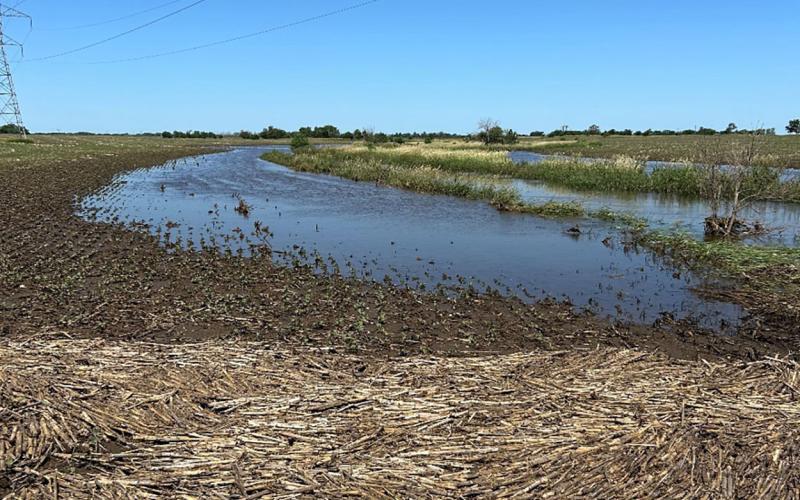
Replanting in Flooded Soybean Fields
If you have large, flooded areas where soybeans have died this summer and herbicides are limiting your replant options, consider trying late-maturing soybeans as cattle feed this year.

Jade Plant: Houseplant How-To
Jade plants are an easy-growing succulent that will thrive in your household for years to come. Learn how to take care of them in this "House Plant How-To" article.
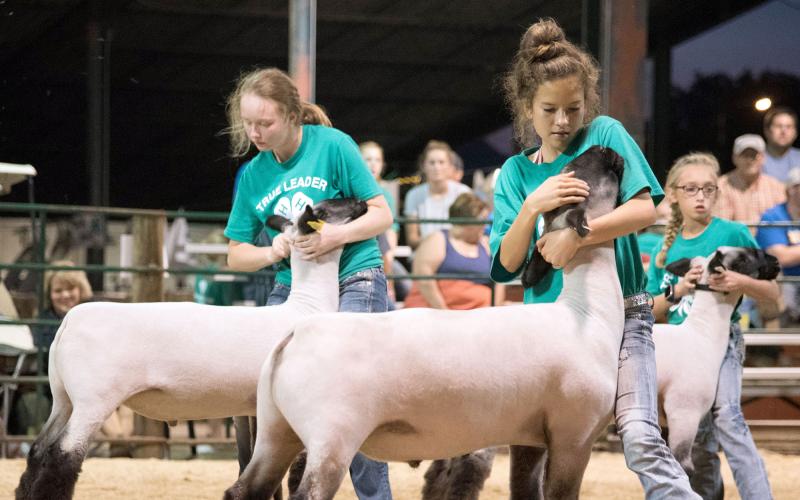
4-H Sheep & Wool Project
Do you love sheep? Well, the 4-H Sheep Animal project area might be the perfect fit for you! 4-H members can learn the aspects of caring for sheep, such as management, production, marketing, showing, and evaluation.

Scheduling Bedding Plants
Fall is the best time to start scheduling your bedding plant production. Start planning early for next year’s production.
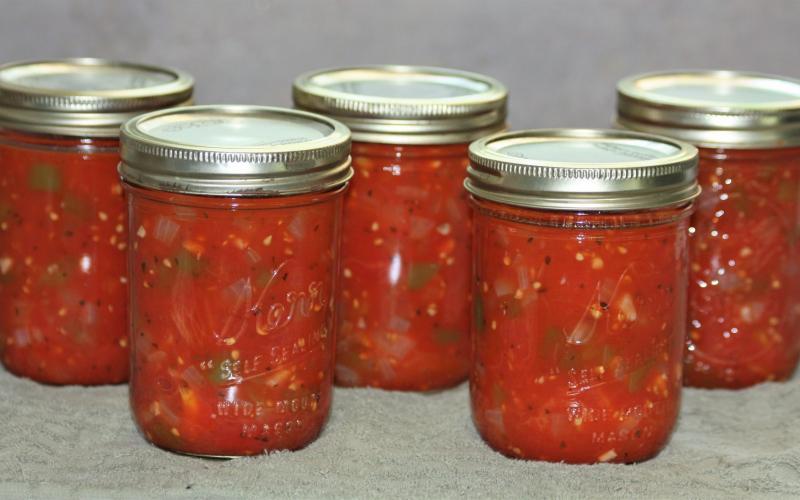
Food Safety Product Evaluation Request Form
Form to request a Food Safety Product Evaluation
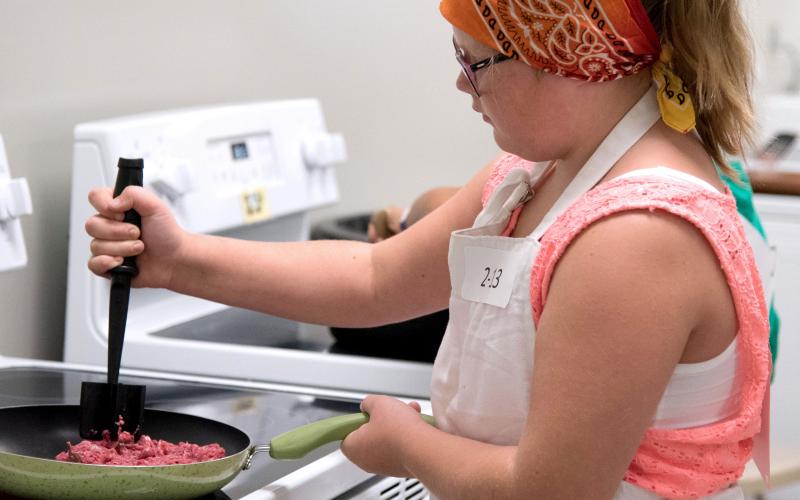
4-H Food Science Project
If you have ever baked a cake or even eaten an apple, you have taken part in food science. Food science encompasses how our body utilizes food (nutrition) as well as what changes food goes through on its way to our plates (food safety and preparation).
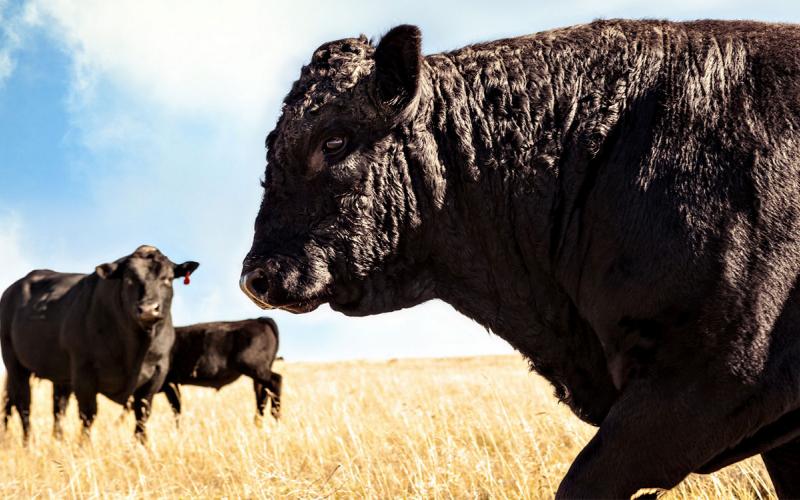
Reproductive Injuries in Bulls on Pasture
While reproductive injuries in bulls might not occur every year in a given cow-calf operation, they’re one of the most-common reasons bulls are examined by veterinarians during the breeding season.